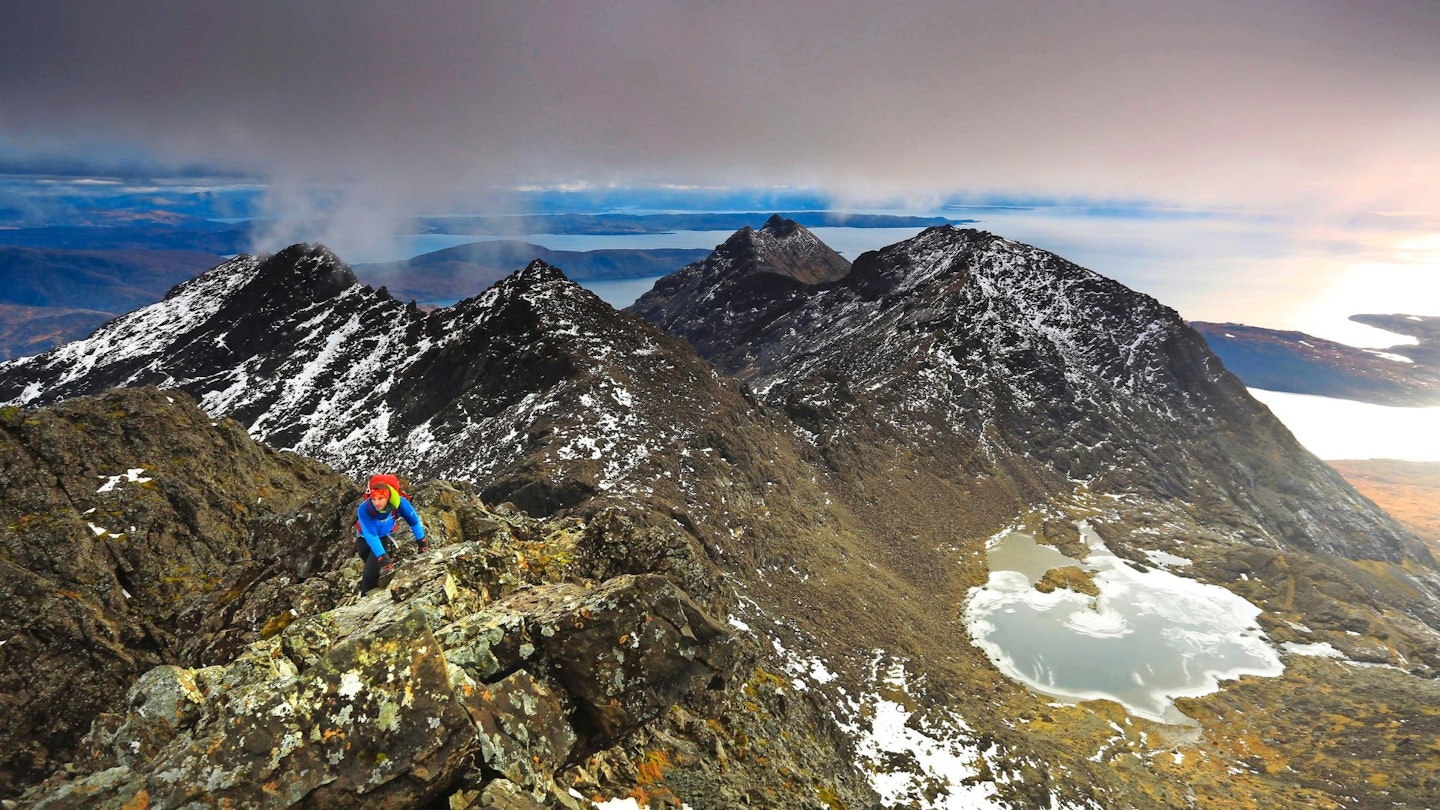The hills under snow and ice can be extremely unforgiving (especially in Scotland), so while having the right kit is important year-round, it becomes much more critical for winter hikes. At this time of year more than any other, it’s life-saving equipment.
As well as having appropriate kit and warm clothing, you also need to be able to access it quickly and easily. When a sudden blast of spindrift tears across the slopes, you should be able to grab and strap on your goggles in seconds, not have to blindly empty your pack onto the snow in order to dig them out.
With the right kit, well packed, a day on the hill in full winter conditions can be a glorious, challenging, semi-Arctic experience. Here’s how to get it right.
Related: Best backpacks for hiking
How to pack for a winter hike
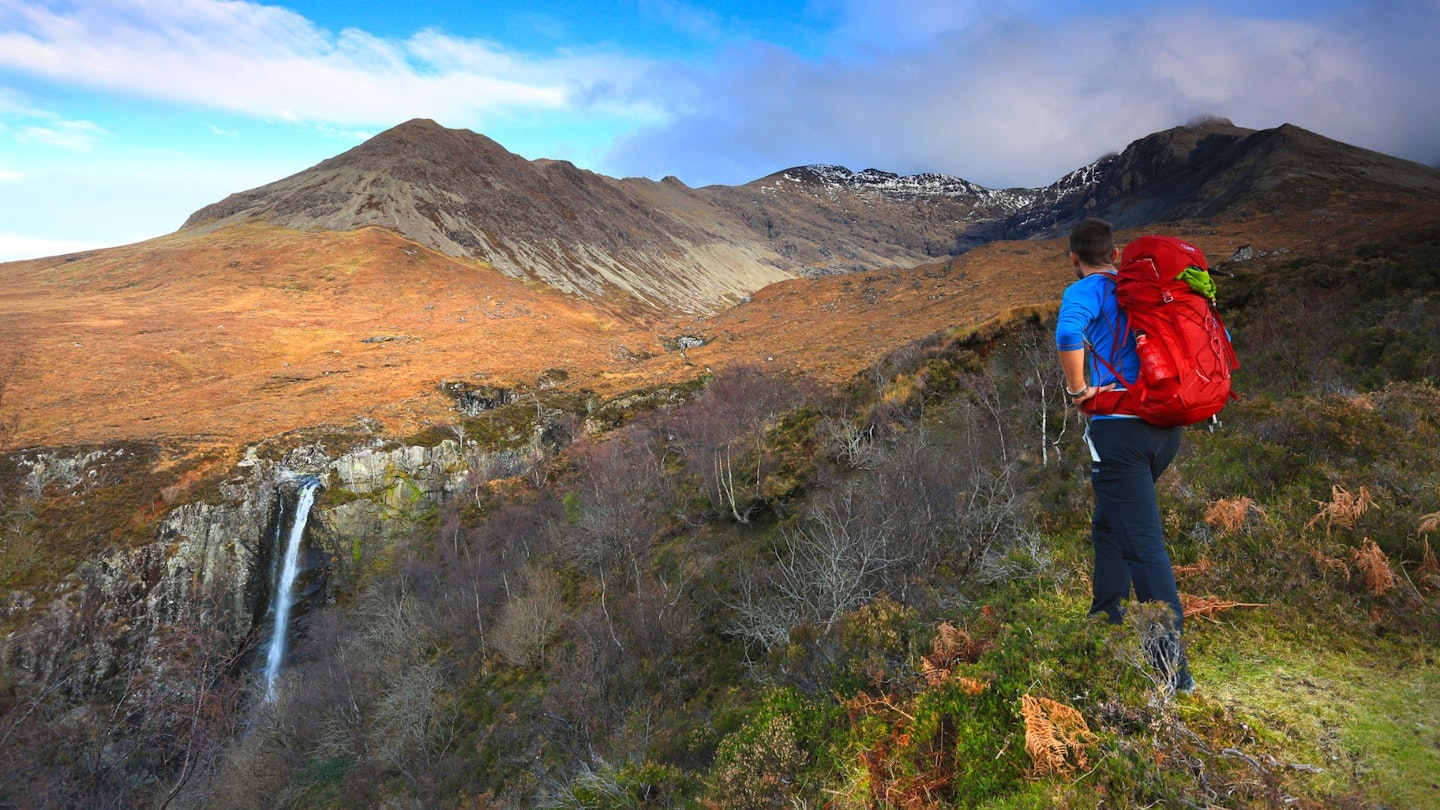
At the bottom of your rucksack
This is where you should stash the kit you’re the least likely to use. The first items to stash should be a first aid kit, followed by a spare compass, high-energy snacks, a survival/blizzard bag, and a group shelter if you’re going out in a group. This can make a cosy little lunch shelter too, so be sure to pack it into its own dry bag.
 1 of 2
1 of 2Lifesystems Survival Shelter 2
A lightweight (345g) two-person survival shelter with a 5000mm HH (hydrostatic head) waterproof rating and a 20cm x 10cm x 10cm packed size.
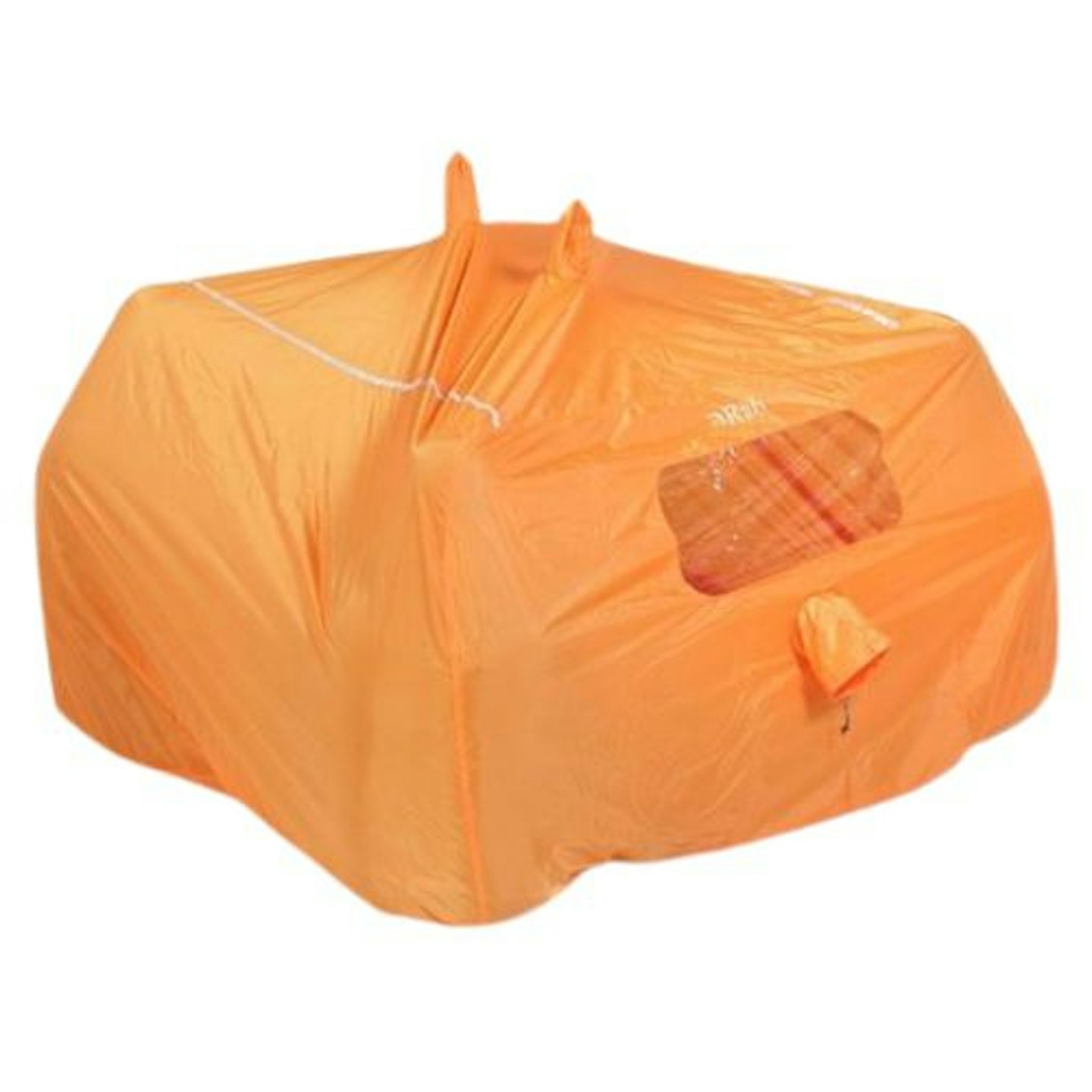 2 of 2
2 of 2Rab 4-6 Person Shelter
A square emergency shelter with a 145cm x 145cm footprint. It weighs 620g, and features clever touches such as recesses in the ceiling to allow walking poles to be used as braces.
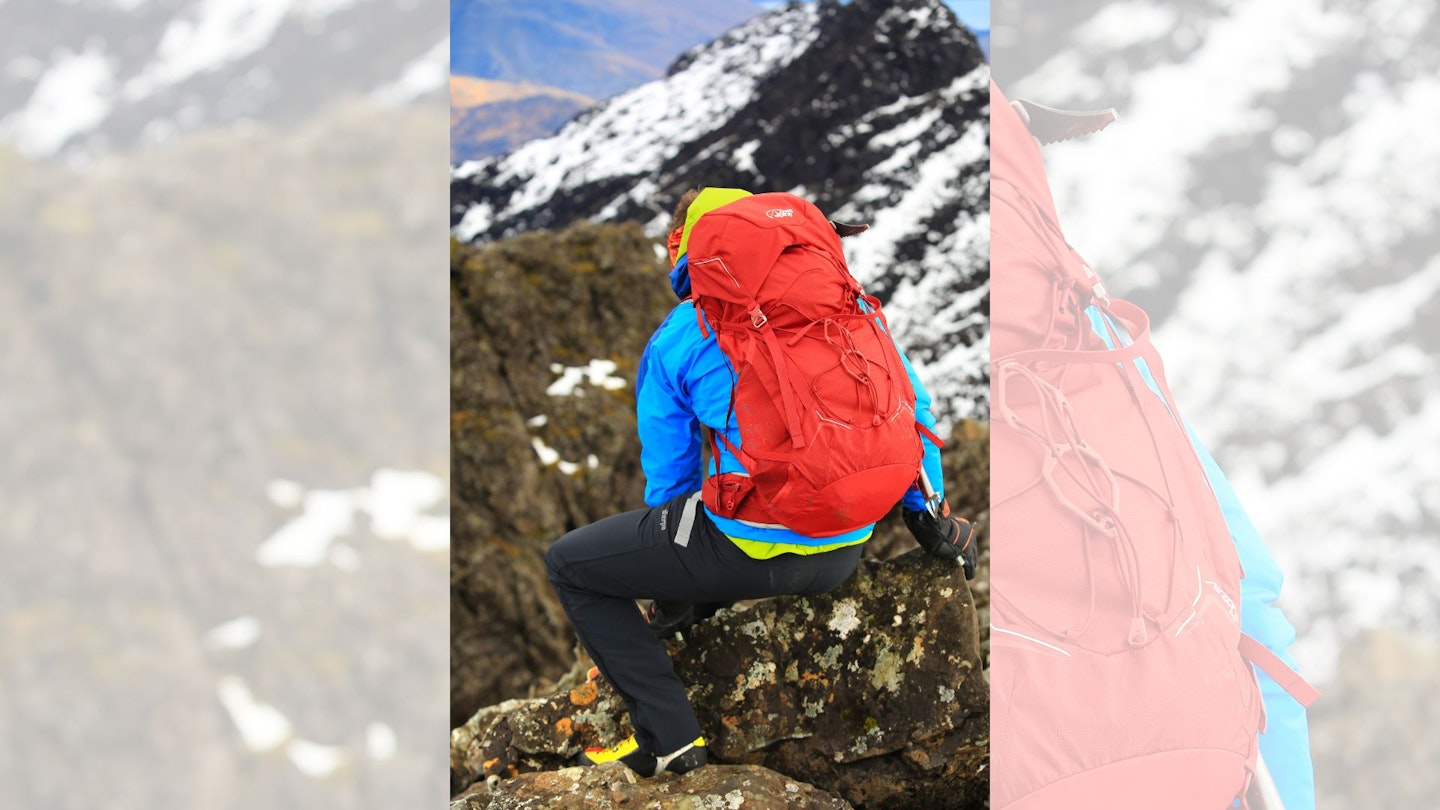
In a dry bag
You want a thick insulated jacket big enough to go over all of your layers, including your waterproof. Don’t skimp on this. Get the warmest one you can afford, preferably with hydrophobic (water-resistant) insulation. Alongside this in a different dry-bag, pack two sets of spare gloves – one insulated and waterproof, the other light and wind-proof. Add a spare buff or balaclava too - better to have too much kit than too little!
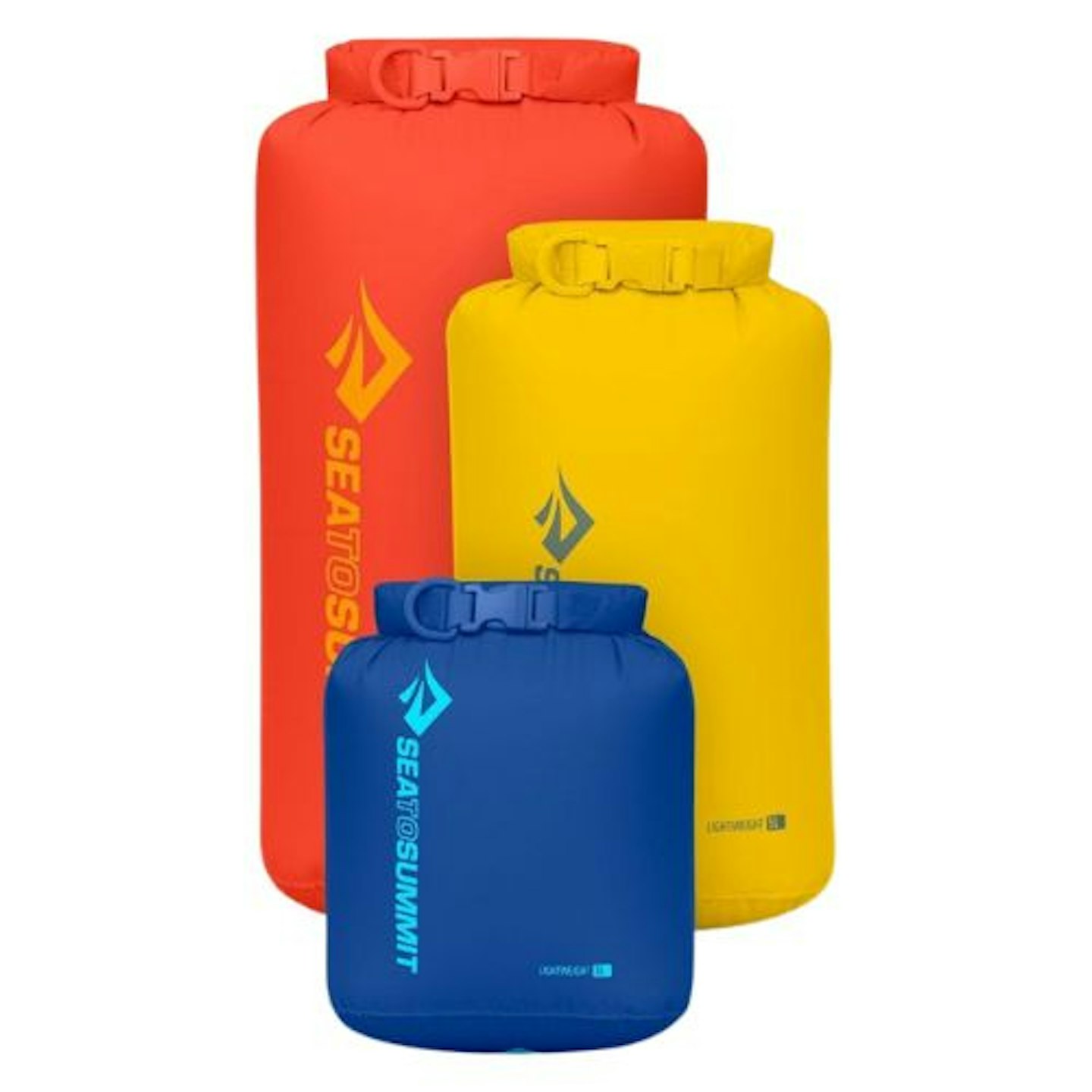 1 of 1
1 of 1Sea to Summit Lightweight Dry Sacks Triple Pack
These dry bags are made from 70D nylon fabric with a PFC-free water repellent finish and are bluesign approved. The volumes are three, five, and eight litres. Varying colours make them easy to identify in your pack.
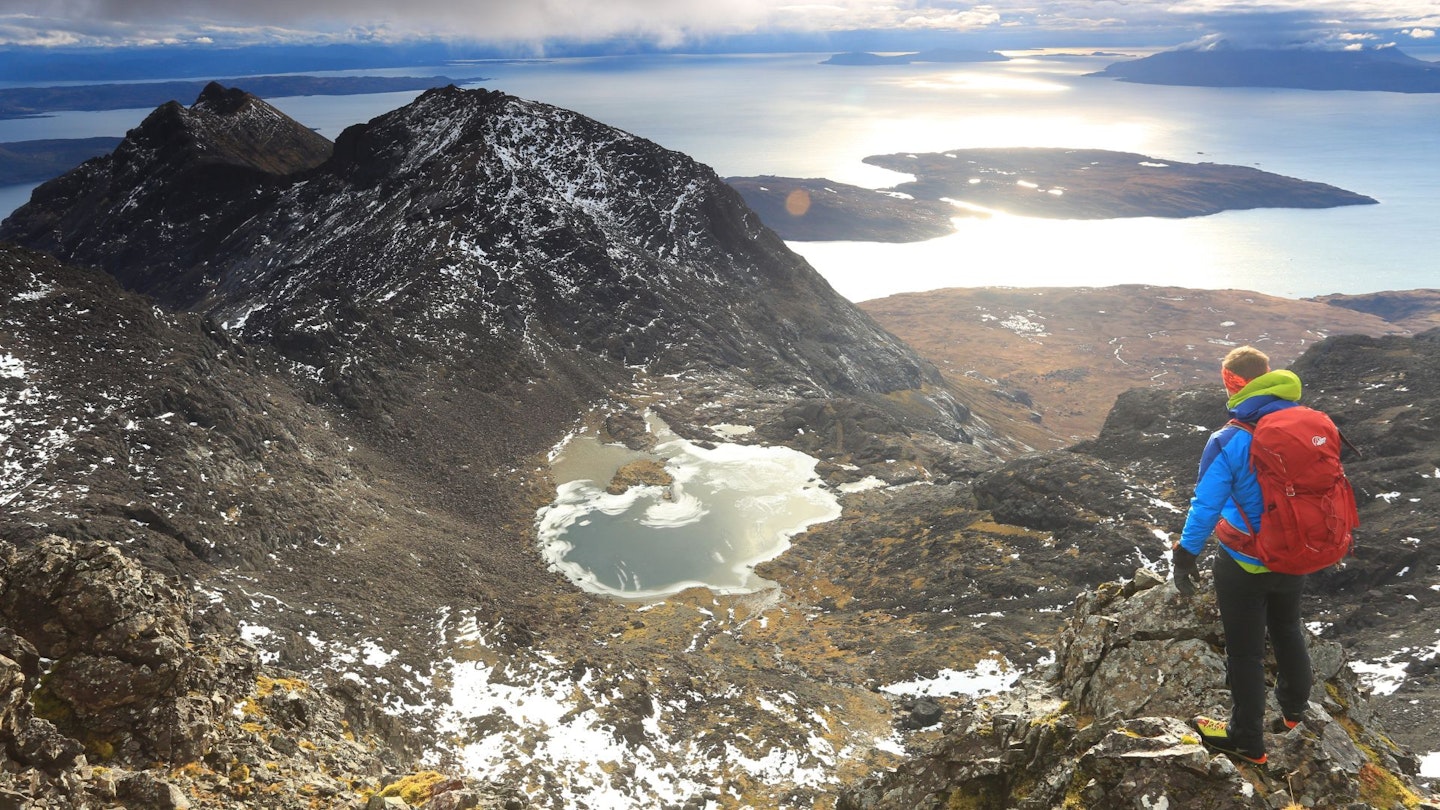
Main compartment
The main pocket of your backpack should house your bulkier gear, that's kit you still want easy, but not instant, access to. Pack your crampons in a crampon case or wrapped in heavy material to avoid damaging the rest of your contents. Alongside these, add a spare warm layer like a hybrid jacket, your lunch, and a hot drink kept toasty in an insulated flask. If you aren’t wearing them, stuff in your waterproof jacket and overtrousers here too.
Inner lid pocket
Here you want things you need fairly easy access to, and you don't want them getting lost in the recesses of your bag, but they're not essential. It’s a good place for your headtorch, spare map, power bank and phone cable. Often an inner lid compartment will have a key clip for attaching your valuables.
Top lid pocket
The very top of your bag may have a smaller lid pocket which can be handy for stashing small, readily available kit such as snacks, sunglasses, goggles and big insulated gloves.
Strapped to the outside
Your ice axe should be strapped to one side of your pack, with your walking poles on the other side if you’re not using them. Attach your watch to your shoulder strap so you can use it easily without having to faff around with cuffs and layers, which can be frustratingly awkward while wearing big gloves.
If you’re carrying a shovel, detach the handle from the blade and put the two parts down the back of the pack. You can wrap them in a layer to avoid them digging into your back.
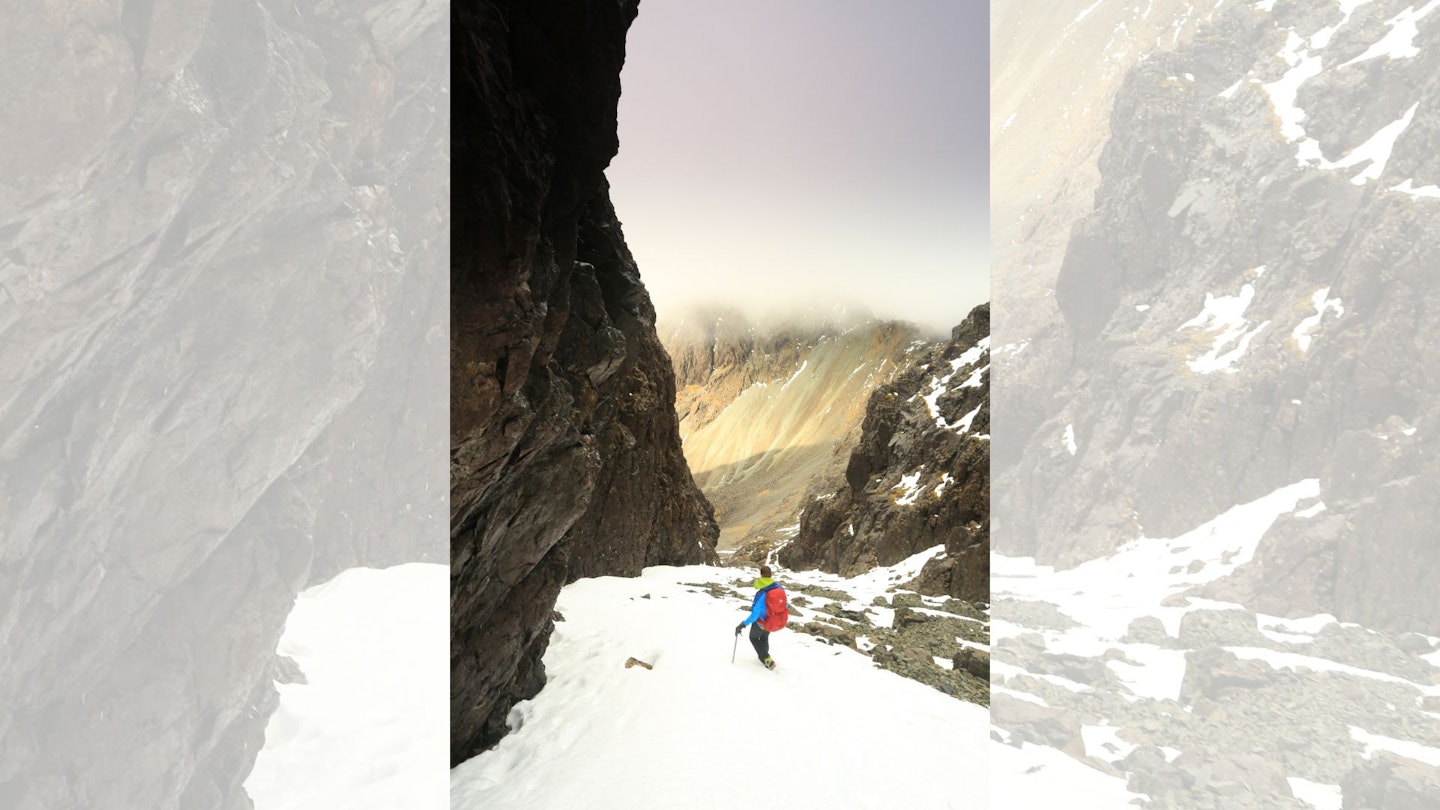
Winter hiking kit list: what to wear
Here's a checklist of all the essential hiking gear you'll need to don for a winter adventure. Make sure you check every item off to help you be prepared for all eventualities when out on the mountains.
-
Thermal long johns (optional)
-
Warm, breathable base layer
-
Thick socks
-
Warm/wind-proof trousers – soft shell is a good material for winter
-
Light mid layer, like a fleece
-
Windproof jacket
-
Gaiters
-
Hat
-
Light gloves
-
Map in a waterproof case, attached to your jacket with a lanyard
-
Compass in pocket, also attached with a lanyard
-
Phone in jacket pocket to keep warm
-
Crampon-compatible winter boots (B1 or B2)

Winter hiking kit list: what to pack
Aside from key kit to wear, it's important you pack the essential tools and emergency equipment for when you're out on isolated stretches. Here we've rounded up the most important items for winter expeditions.
-
Emergency survival bag, e.g., blizzard bag
-
Group shelter
-
First aid kit including whistle and spare high-energy snacks
-
Spare map, compass and headtorch
-
Very warm insulated jacket, large enough to go over your other layers
-
Two pairs of spare gloves/mitts – one waterproof and insulated, one light and wind-proof
-
Spare hat or balaclava
-
Waterproof jacket
-
Waterproof trousers
-
Crampons
-
Spare warm layer
-
Food and drink
-
Hot drink in a flask
-
Headtorch
-
Goggles and/or sunglasses
-
Mobile phone
-
Sunscreen
-
Ice axe
-
Walking poles (optional)
-
Snow shovel (optional)
-
Helmet (optional)
